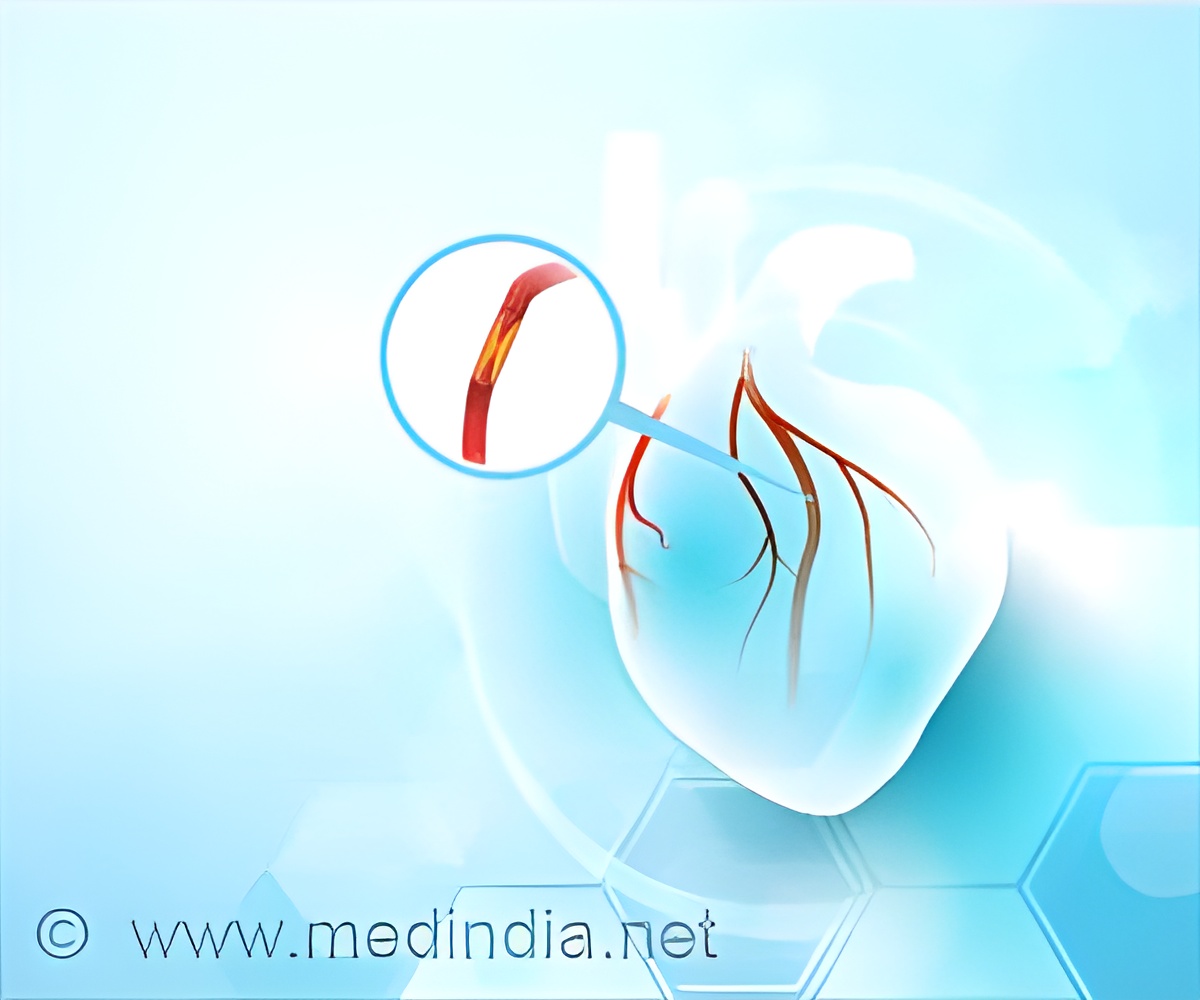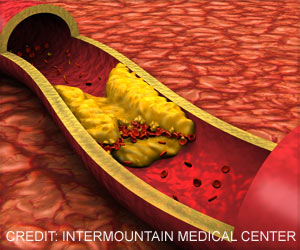A critical genetic variant identified in nearly 30% of Greenlanders is associated with increased cholesterol and cardiovascular disease risk.

‘An association between this Arctic-specific variant, known as p.G137S, and cardiovascular disease has been discovered.’





Cardiovascular disease is the number-one cause of death in many populations worldwide. It is tightly linked to elevated levels of low-density lipoprotein (LDL) cholesterol. The uptake of LDL-cholesterol particles from the blood into tissues such as the liver is mediated by the LDL receptor (LDLR). Mutations in the LDLR gene, which encodes this receptor, commonly cause high cholesterol levels in the bloodstream.
Heart Disease Risk in Greenlanders
Among Greenlanders, the prevalence of the cardiovascular disease is likely to increase in the future due to increasing life expectancy and changing lifestyles. The common Arctic-specific LDLR variant, known as p.G137S, was recently shown to be associated with elevated cholesterol levels. But until now, it was not clear whether this variant is also associated with an increased risk of cardiovascular disease.In the new study, Jorsboe and his collaborators examined this possibility in a group of 5,063 Greenlanders. Roughly 30% of the individuals carried at least one copy of the p.G137S risk allele. Approximately 25% of the heterozygous and 55% of the homozygous carriers had high blood levels of LDL cholesterol.
Moreover, p.G137S was associated with an increased risk of ischemic heart disease, peripheral artery disease, and coronary operations. Yet only a low proportion of individuals with very high levels of LDL cholesterol were receiving cholesterol-lowering therapy. In addition, elevated levels of LDL cholesterol for p.G137S carriers were independent of age, indicating that these individuals would benefit from early intervention and treatment.
“Our results showed that the p.G137S variant had an even larger impact on the lipid profile of Greenlanders than previously reported,” Jorsboe says. “This variant further highlights the importance of carrying out genetic studies in smaller populations like the Greenlandic.”
According to the authors, the results suggest that a screening program for the p.G137S variant could be highly useful for the early identification of individuals at increased risk for cardiovascular disease, potentially improving preventive care and public health.
Advertisement
Source-Eurekalert










